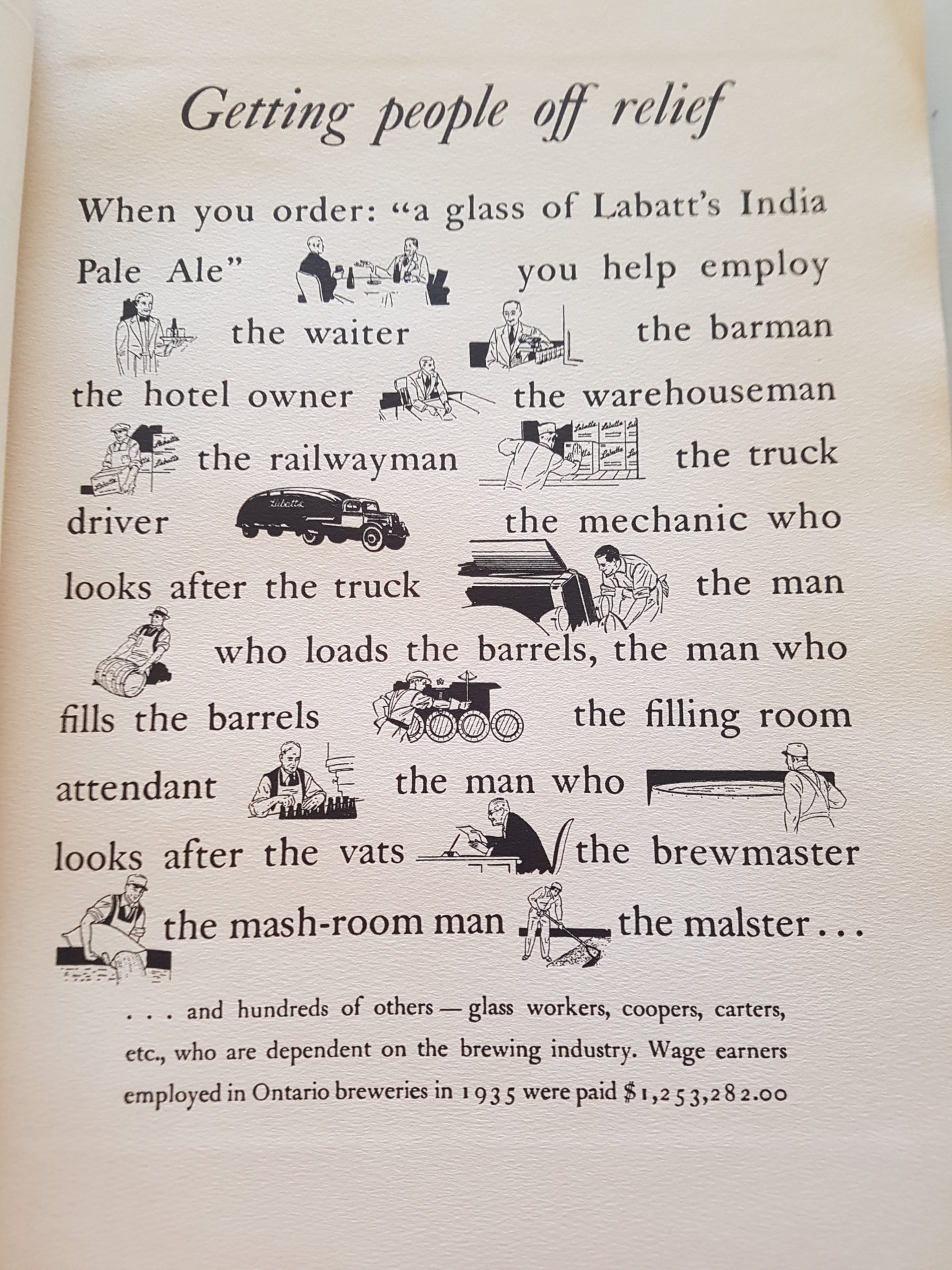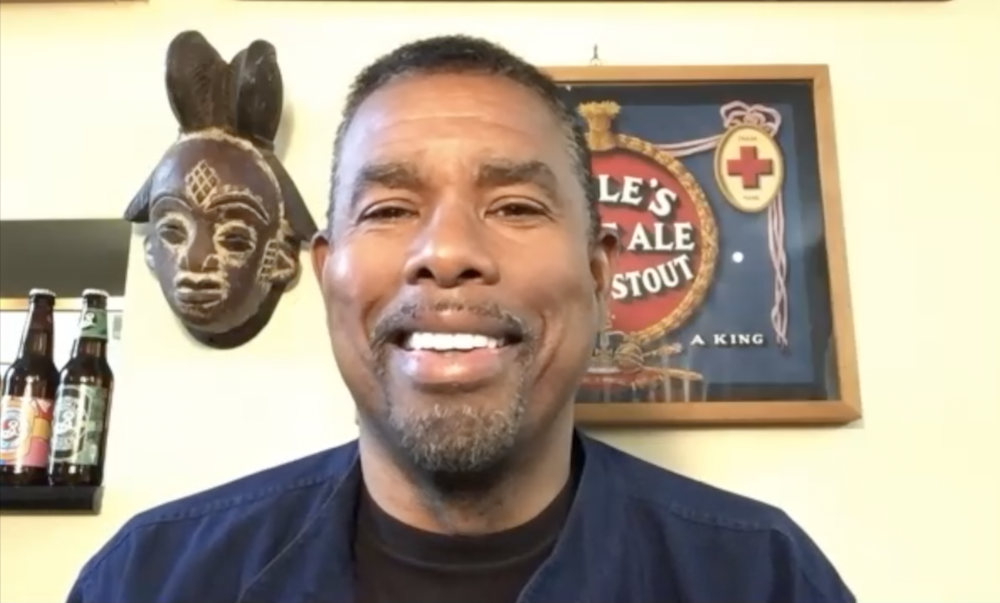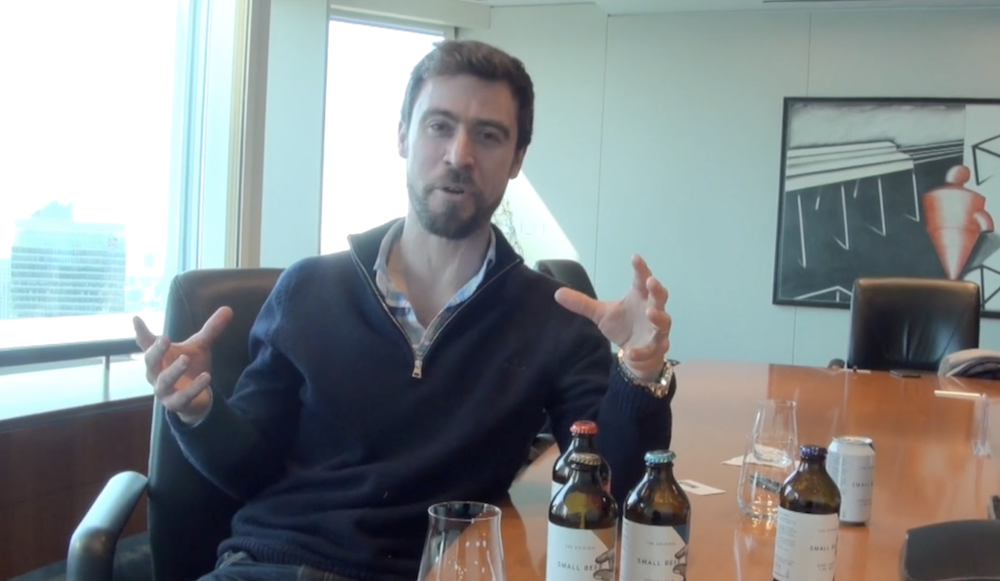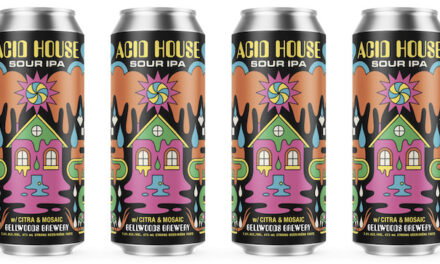
When Jamie Drummond approached me to write for Good Food Revolution, I said, “sure, that sounds great.” And then weeks passed. I was busy. I was editing a magazine of my own, and I had also picked up a column for a Toronto weekly which made leaving the house periodically an obligation. Mostly, though, I had two weeks in a row where the classes that I teach at George Brown College for their Beer Certificate stacked two days in a row.
That can be exhausting. Converting a beer program from in-person instruction to an online format has been very successful, although I can see how you might not credit that. The chat function helps delineate conversation and allows everyone to get their observations in as we taste through the beers for the week. It’s a little egalitarian in that sense. Sometimes, when an entire room of people I’m meant to instruct and entertain for two hours has their cameras off, I feel like I’m constantly narrating my own existence. The jokes may or may not be landing, and it’s hard to judge whether material is resonating.
It also makes it sort of difficult to end classes. You can’t just get to the end and say, “It’s over. Bugger off.” For this reason I tend to give them a bit of a wind down. I usually say, “that’s all the material we’ve got for this week, but I’ll stick around for 15 minutes to answer questions.” This has been revealing. The questions are sometimes standard and sometimes novel, but I thought borrowing some of them might be a good way to introduce myself to a new audience here.
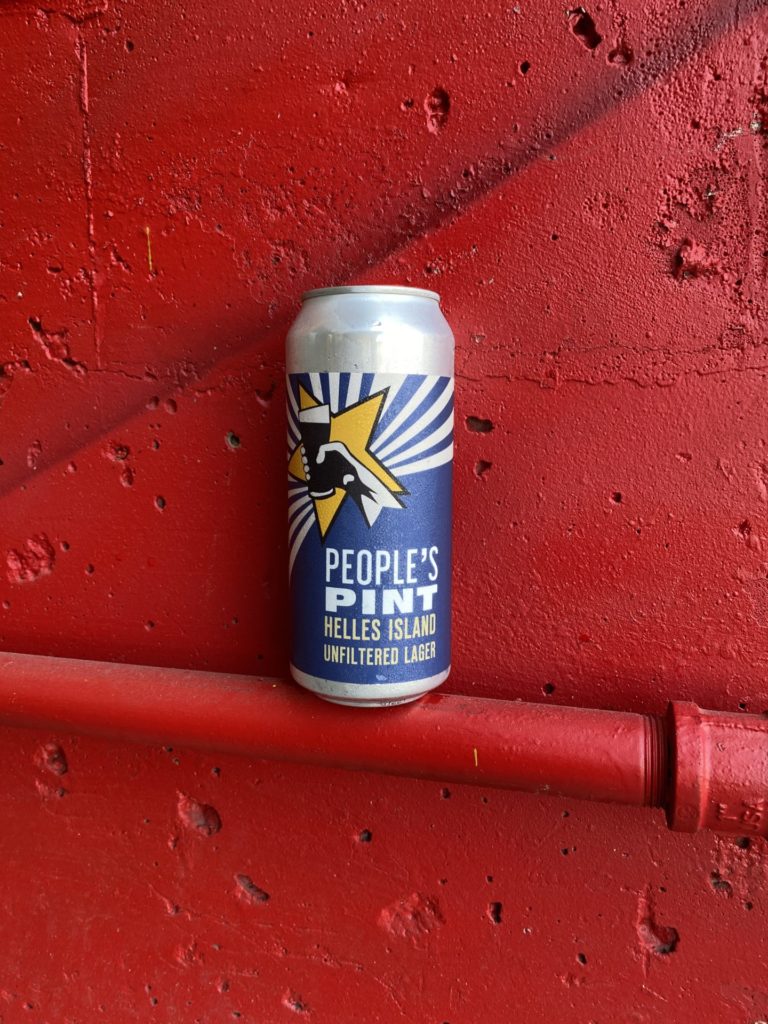
“What’s Your Favourite Beer?”
I would guess that I probably try somewhere between 500-1000 beers every year, not counting repetition. Beyond a certain point, professionally speaking, beer is content. It’s informational. My fridge is more than half full of obligational beverages that people have sent for review and which might end up on instagram or in an article. I probably won’t finish more than about half of any of them, because the point isn’t drinking them; the point is knowing about them. Beer contains calories, as the new pair of jeans remind me.
That said, the beer that I buy most frequently is People’s Pint Helles Island. It’s well made enough that I can pay attention to it and luxuriate in the slightly spicy Michigan hop varieties they’re using. It’s simple enough that I can enjoy it without thinking about it. It has a slightly spicy, gingery zip to it at the back of the palate and it’s versatile with all sorts of food. Part of the reason I like that beer is that I can stop at the brewery on the way home and say hi to Pietro Caira and pet Maris, the brewery cat. There are a lot of very well made lagers in Toronto at the moment and I’m lucky in that just about all of them are made by people I like and respect.
In terms of ordering beer at a restaurant, my favourite was a De Struise Pannepot Reserva at Nuetnigenough in Brussels. I had gone to Europe to research beer cuisine pairings for a class I was designing. I had a couple of pleasant courses, the highlight of which was Verzet Gose paired with black pudding in a Tilquin Gueuze and onion sauce. I thought I’d have a digestif and while I knew the De Struise was a fine choice, the slightly quizzical nod of approval from the young server I’d asked for suggestions for pairings earlier made it taste at least 20% better. I’ve never felt more competent.
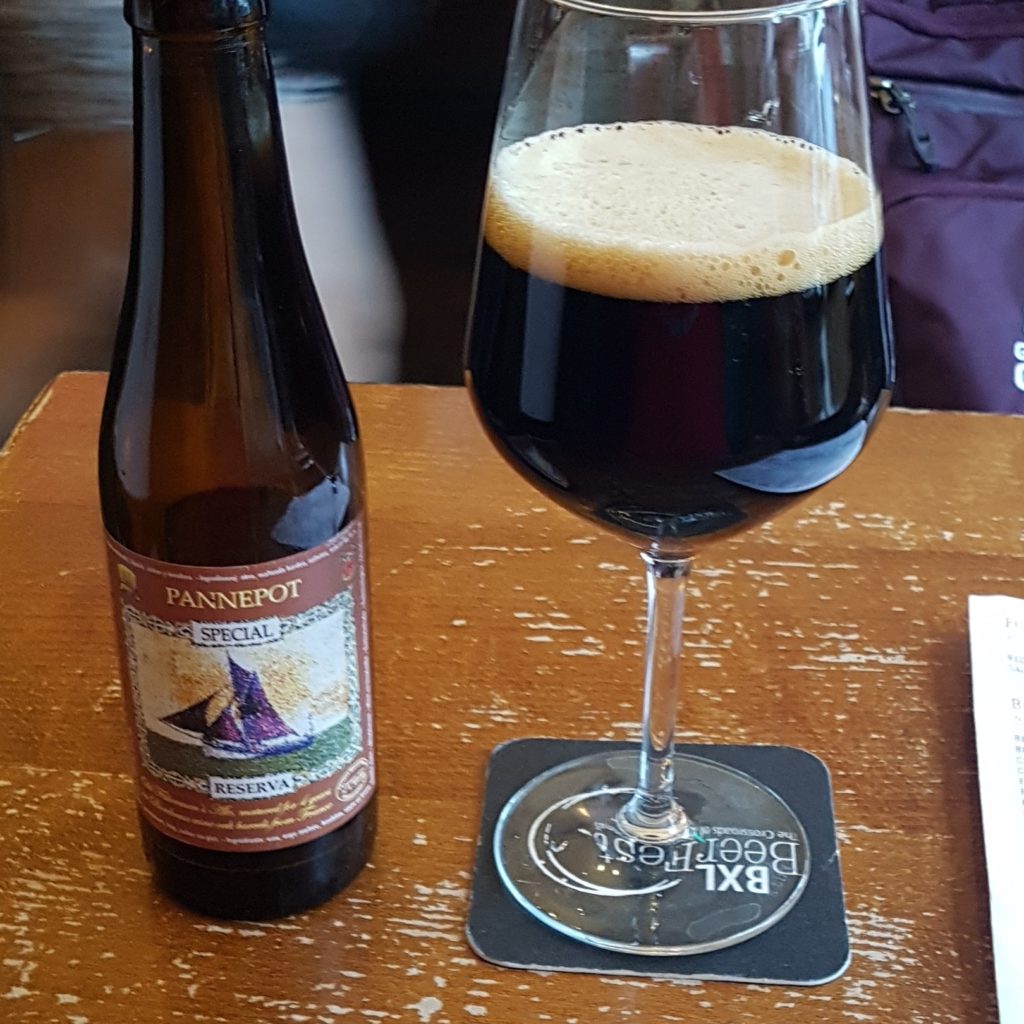
“Should I save this beer for a special occasion?”
Back when I wrote a national column with a weekly content obligation, I did periodically need to theme things around holidays or occasions. “You absolutely need this for New Year’s Eve!” or “Here are the top five must have Pumpkin Beers for Halloween.” As if even a single pumpkin beer is a must have. [Chortle – Ed.]
There are beers that age better than others. Typically darker in colour and above 8.0% ABV. Traditionally soured beers tend to age well. Some things like Fuller’s Vintage Ale might last a quarter century if kept in a cool dry place.
That said, having a cellar tends to snowball on you. At the beginning of the pandemic, when we didn’t know what was going to happen, I thought it might be a good idea to stockpile some things for the cellar. My front hall cupboard is now unusable for storage. I somehow acquired a complete vertical of Fuller’s Vintage Ale from 2006-2021. I’ve found that I’m adding to the pile, but not really taking anything out of it. I don’t think that’s a hoarding instinct so much as it is revelatory of an important truth: The beer is not special in and of itself. The thing that makes it special is sharing it with people.
Thursday night I was at The Only Cafe for Sawdust City’s 10th Anniversary party. People who hadn’t seen each other for two years stood around talking and laughing hysterically. Part of that is the anxiety of being out and part of it is the joy of seeing old friends. That was a special occasion and people were mostly drinking Golden Beach Pale Ale. It’s quite a good beer, but I think after that long absence any beer would have seemed special in situ.
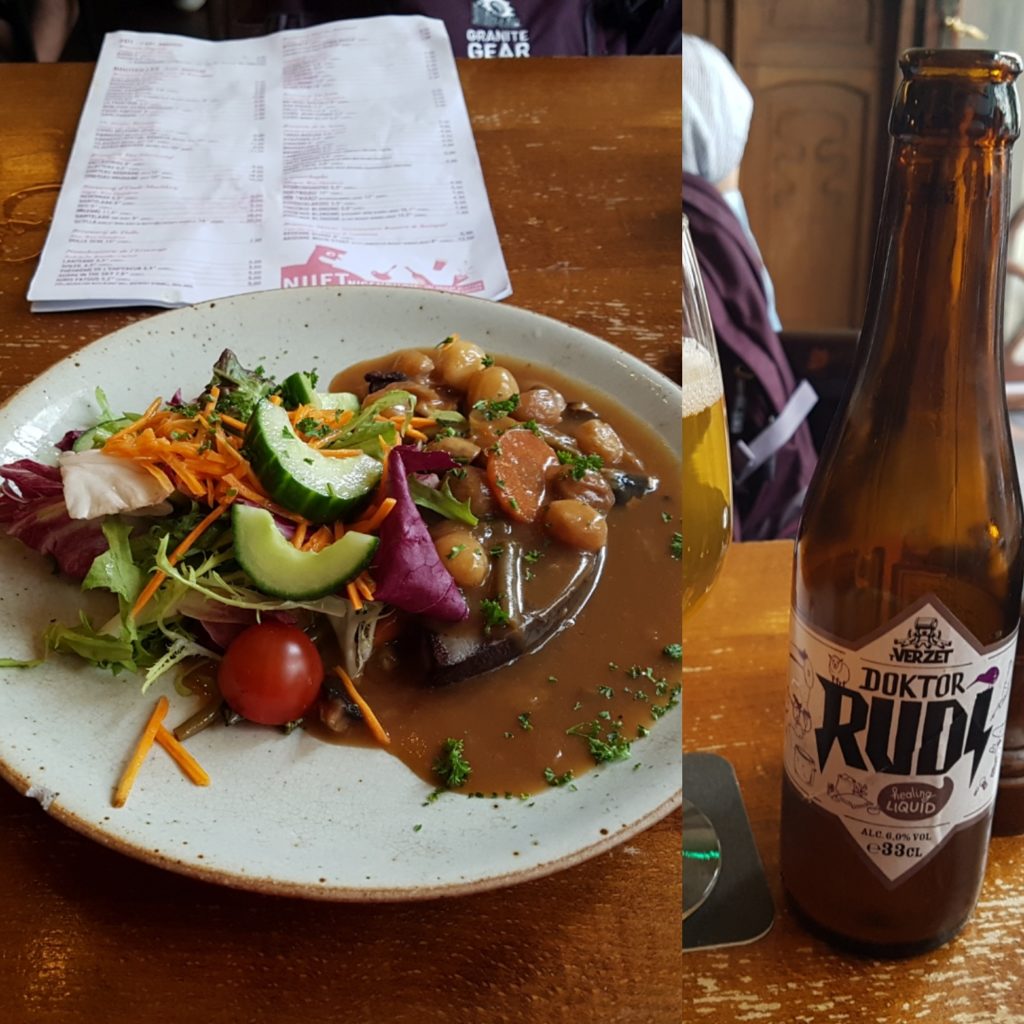
“Why is this so different than the wine courses?”
Because I’m a maniac.
“No, really.”
Wine can exist in nature. Fruit gets overripe and ferments. Sometimes you’ll see videos on youtube of animals who got into the fermenting fruit. Typically pretty funny unless it’s an elephant.
Beer is entirely a technological construct from prehistory on; it’s an entirely created construct that doesn’t exist without human intervention. When you consider the modern version which commonly includes barley, hops, and yeast you end up having to consider how we got here.
Beer gave us the pH scale, pasteurization, widespread refrigeration, and terrific advances in microbiology in the form of yeast culturing. Humanity hijacked the reproductive capability of grains, flowers, and fungi in order to make a party beverage and then strove for centuries in order to make better versions of that beverage. It’s a process that continues to this day, and we’re in the middle of a sixty year hop variety boom because someone in Yakima decided they wanted the beer to taste like Pineapple and Coconut.
We’re in the middle of a golden age in terms of innovation and creative expression and for that reason, it’s very difficult to teach things from a canonical perspective. It’ll be different tomorrow as iterative development happens planet wide across thousands of breweries. The important thing to know is that beer isn’t really an expression of terroir so much as it’s an expression of the brewer’s creative intention. In order to get the beer into your glass, a brewer is making choices from hundreds and thousands of available ingredients from all over the world.
——————————-
Those were my best answers to these questions, and it should be revelatory of one thing: Beer isn’t about beer; beer is about people. It doesn’t exist without people to make it and consume it. It’s meant to be a social beverage, which may explain why volume sales have flagged a little during the pandemic. If you’re going out this holiday season, tip your server generously and take care of each other. If you’re staying in, maybe crack that bottle you’ve been saving with someone who’ll make it special.
I’m just excited to get back to teaching in person in January. You can’t turn your camera off in person, and I need to know whether the jokes land.

